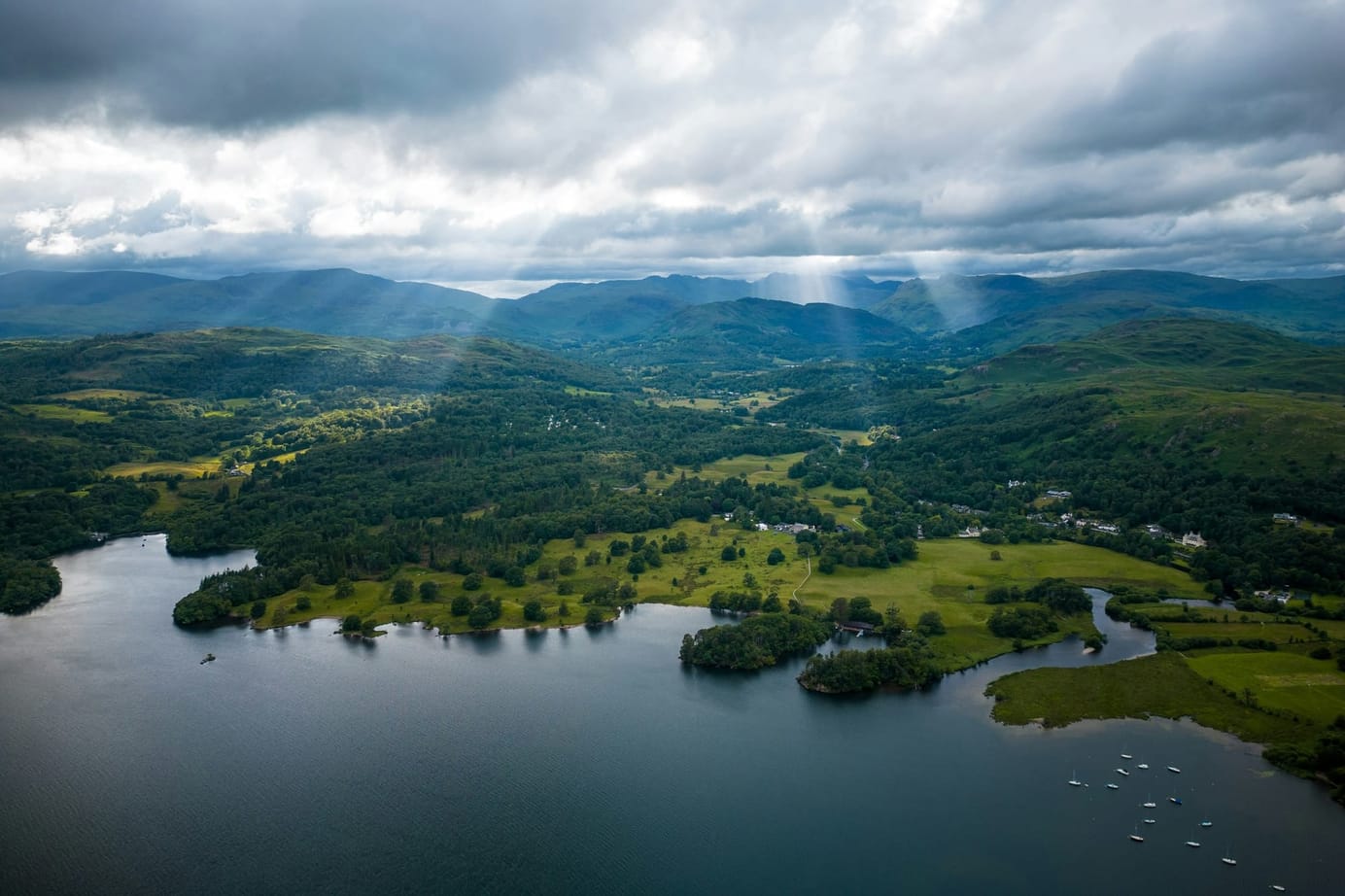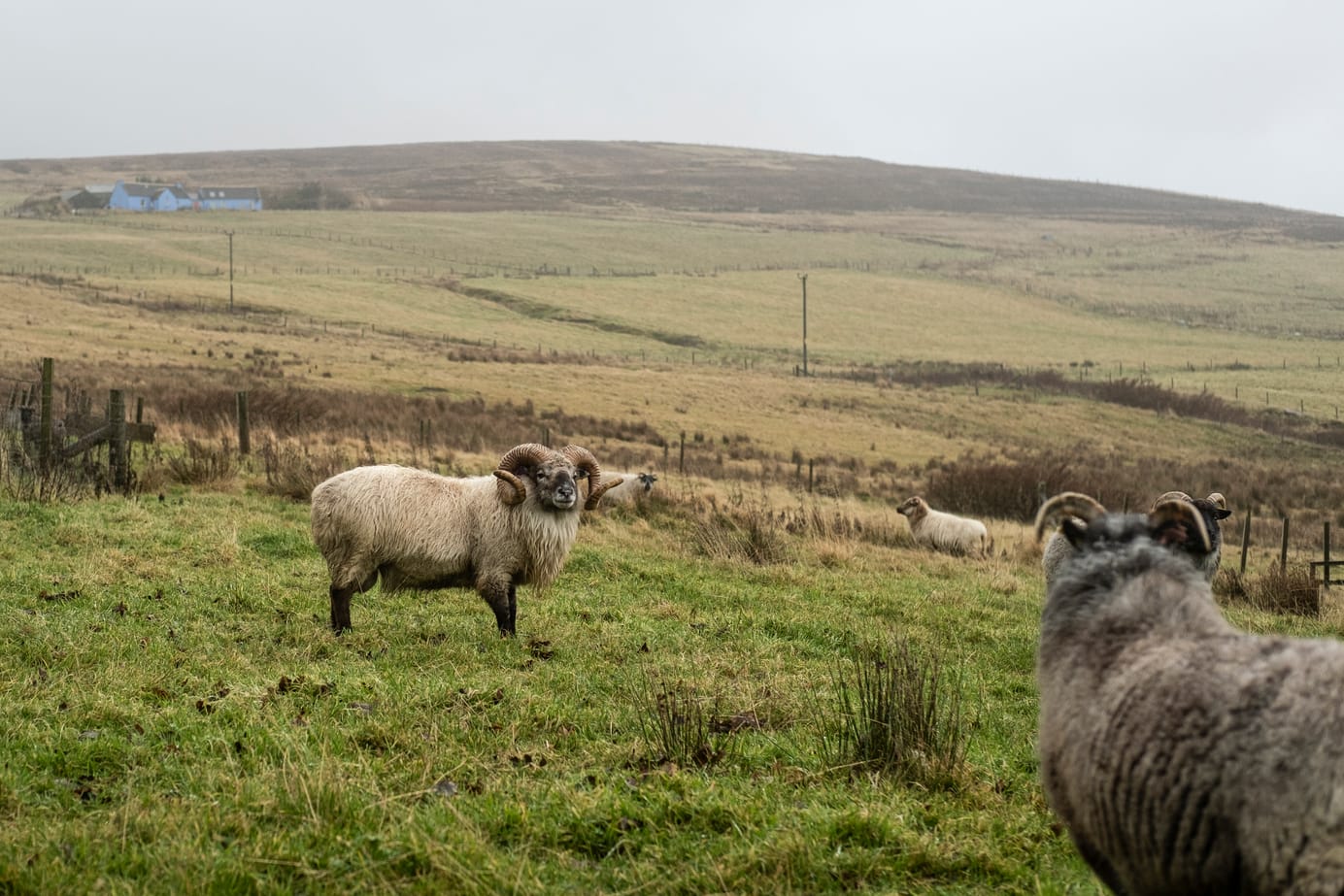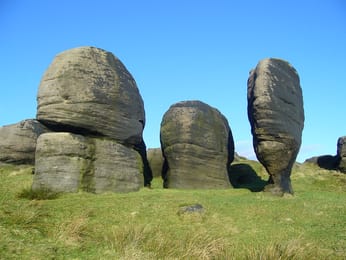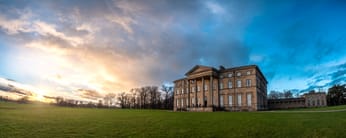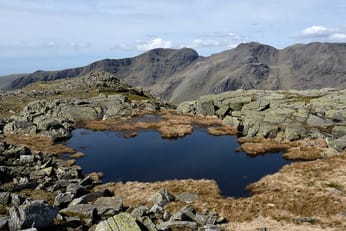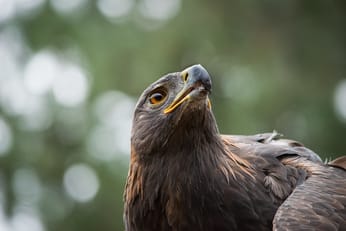
'An alternative reality': how sound recordings reveal the secret world of ponds
In capturing the music of freshwater life, scientists have found a new way to measure underwater biodiversity.
“It’s like the Amazon rainforest down there – scratching and popping and humming and whizzing!”
Jack Greenhalgh is not in Brazil. He’s in Bristol, peering into a humble pond, and listening to the world beneath the surface.
Last year, as cities ground to an abrupt halt, people reawakened to the sounds of the natural world. Many noticed the birdsong, ringing clear as car engines faded. But for Greenhalgh, a freshwater ecology scientist, it was a stranger and more secretive soundtrack that caught his ear.
Ponds aren’t the most attention-grabbing of ecosystems. Even our language around them is derogatory: stagnant pools, pondlife and scum. Yet a healthy pond is abundantly diverse, bursting with aquatic plants, invertebrates and amphibians.
It’s hard to gauge this underwater vibrancy without thrashing about with a net; collecting samples can disturb vulnerable species while providing only partial insights into these hidden kingdoms. By contrast, underwater recordings provide a non-invasive snapshot of pondlife diversity and present a more complete picture of life below the surface. They also provide an unusual byproduct: an avant-garde soundtrack to the drama unfolding on this unseen stage.
Until now, ecoacoustics – the combined study of ecology and sound – has focused on marine and terrestrial environments. Applying this technique to freshwater is an emerging area of research, so new that the equipment doesn’t exist yet. Greenhalgh’s makeshift recording studio combines a hydrophone – an underwater microphone developed for industrial jobs like mapping the seabed or drilling for oil – with a woodland bat detector.
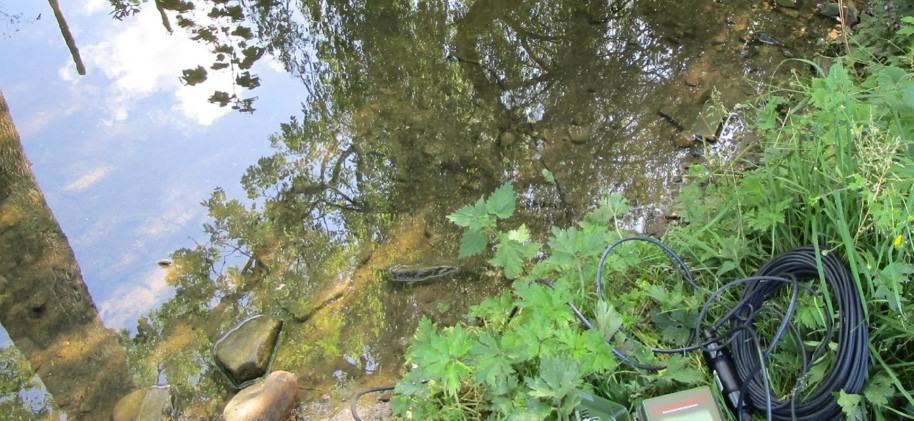
He uses his recordings to assess the ecological health of ponds. These tracks reveal the in-situ behaviours of species like mayflies and water beetles, insect breeding patterns and the life-cycles of plants. Form, frequency and intensity can be mapped against species, time and location to tell a tale of the life aquatic.
Bizarre noises throw up surprising idiosyncrasies. The calling song of one water boatman has the highest amplitude relative to body length of any land or sea organism; insects stridulate, producing rhythmic, woodblock-like rasps by rubbing hard body parts together; fish can be identified by their unique air movement sounds.
This information has a vital role to play in conservation. Currently, two thirds of the UK’s freshwater and wetland species are in decline. Clean ponds support a vast array of species and are instrumental in reversing these losses. Greenhalgh believes that his mysterious soundscapes could inspire greater love for ponds and the biodiversity contained within.
“Every pond sounds so different, with its own communities of life and character,” he says. “Sound has massive potential to introduce people to a familiar habitat in a new, exciting way. It expands horizons.”
That’s why he started recording the year-round sounds of a beautiful pond tucked away in suburban Bristol. “The more people that can hear a pond soundscape, the better. To show them their pond is amazing will only make them want to cherish it more,” he says.
Greenhalgh was introduced to pond soundscapes through Tom Fisher, aka Action Pyramid, an electronic sound artist whose compositions combine his interest in musique concrete – where real-world sounds provide raw material for compositions – with his long-held fascination with wildlife.
Fisher had been working on a new musical creation with the Norfolk Ponds project, whose team of conservationists are restoring some of the thousands of neglected "ghost" ponds scattered across the county. Fisher's recordings captured the haunting acoustics of pondlife awakening to a new century; and when the project’s researchers at UCL realised the scientific potential of these hydrophone studies, Greenhalgh was brought in as researcher.
In recording the resurrection of Norfolk’s neglected ponds, Fisher witnessed the creation of one vibrant oasis after another, as plants and wildlife returned to the heavily cultivated land. His composition A Ghost Pond Emerges celebrates the transformation of one such restored pool, now brimming with life.
Fisher recognises the potential for wild sounds to provoke deep emotions in listeners. “Just wandering in a local green space with a handheld recording has been revelatory,” he says. “It’s totally transformed the way I take notice and interact with the world.”
His work has taken him round the globe: he recently explored the sonic landscapes of Arctic Lapland and Iceland, recording the geothermal gurgles, rumbles and hissing of the earth itself. An acoustic installation of his work was staged in a walk-in fish freezer; audiences reportedly responded enthusiastically to the event.
But it’s closer to home that Fisher’s had some of his most profound encounters. His River Lea soundscape is a chaotic aural impression of an outlandish environment. Exploring the riverbed with his hydrophone, Fisher was equally excited and unsettled by the strange, alien noises he had plugged into.
“I don’t think you need to go that far to have exciting listening experiences,” he says. “I had quite a moment in a small muddy Suffolk wood in December with thousands of corvids gathering for a winter roost. The total wall of sound they generated – the fact that at this time of year it’s a daily and relatively unnoticed spectacle – just blew me away.”
He hopes to instil that same sense of wonder in his listeners; a recognition of the innate musicality in the whirring, ticking rhythm of beetles, the pops of respiring plants and gritty scrapes of water boatmen. They are the sounds that humans have been encountering, in one way or another, since prehistory.
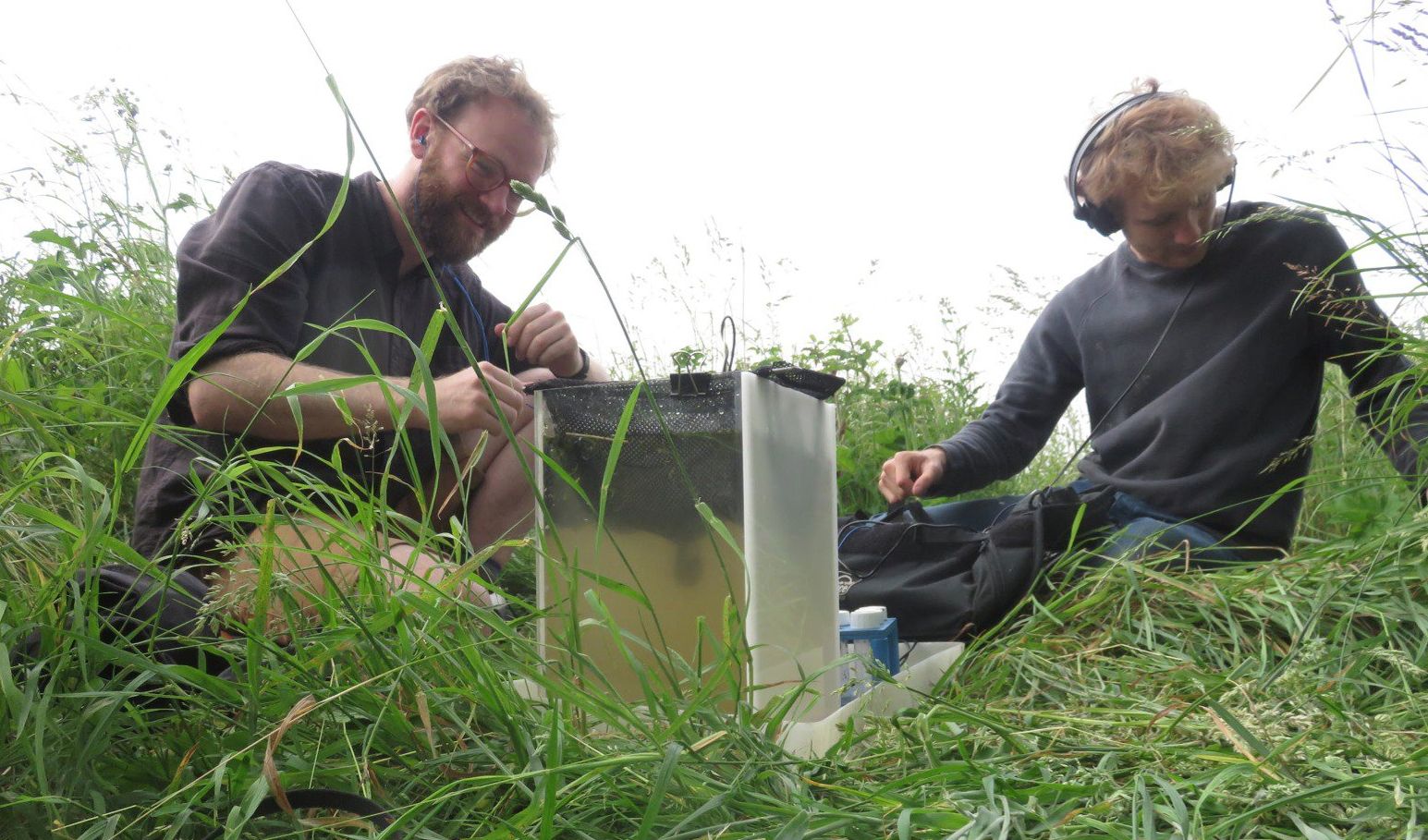
“It’s a window into an alternative reality, an hidden sonic sound world that’s there all the time but we just don’t hear it,” says Fisher. “We’re right on the cusp of beginning to understand.”
Fisher and Greenhalgh have found their creative and scientific approaches to be complementary. They are now collaborating on a collection of wild soundscape compositions augmented by technical language and visuals, and planned for release on an experimental music label.
This idea of nature-as-music is increasingly seeping into the mainstream, with artists like Sam Lee and Cosmo Sheldrake incorporating birdsong, bats chewing and historic soundbites of extinct species into their music. Sheldrake ventures into the wild for ‘performances to places,’ the natural world his only audience. Lee sings with nightingales in their habitat and is a proponent of the rewilding of song – symbolically sending ancient folkloric music back to the landscapes that inspired it.
Could these calls of the wild, invited into our homes, inspire a deeper appreciation for nature? For these musicians, the interplay between sound and nature is already forging meaningful connections with the hidden worlds around them. For the rest of us: the first step is to stop and listen.

Subscribe to our newsletter
Members receive our premium weekly digest of nature news from across Britain.
Comments
Sign in or become a Inkcap Journal member to join the conversation.
Just enter your email below to get a log in link.


